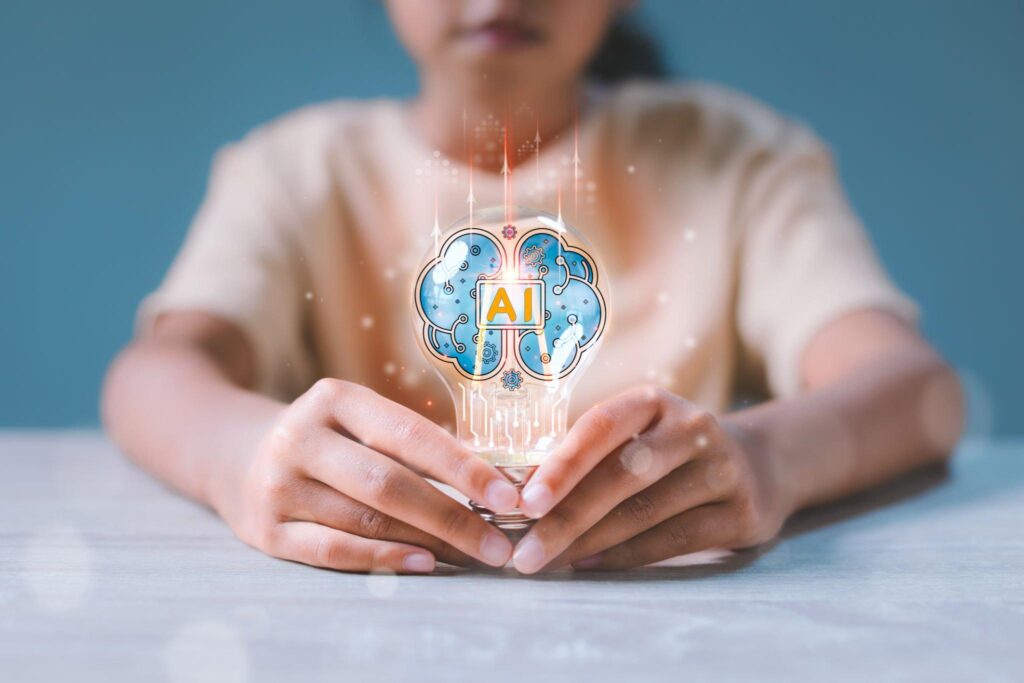In recent years, a transformative shift has taken place in the realm of education, with blended learning leading the charge. This innovative approach integrates traditional classroom methods with digital resources, presenting a dynamic strategy poised to revolutionize both student learning experiences and educator methodologies. To delve deeper into the profound impact of blended learning on education, including its benefits, challenges, and pivotal role in preparing students for the 21st century’s dynamic demands, explore our comprehensive guide on Blended Learning at the World Scholarship Center.
The Evolution of Blended Learning
Blended learning represents a departure from the conventional one-size-fits-all approach to education. It seamlessly integrates face-to-face instruction with online learning tools, providing a personalized and adaptive learning experience.
This evolution is driven by the recognition that students have diverse learning styles and preferences. Blended learning leverages technology to cater to these differences, fostering a more engaging and effective educational environment.
Benefits of Blended Learning
Personalized Learning Paths: One of the primary advantages of blended learning is its ability to accommodate diverse learning styles. Students can progress through material at their own pace, accessing additional resources or seeking clarification as needed. This personalized approach enhances understanding and retention.
Flexibility and Accessibility: Blended learning breaks down the constraints of traditional classroom settings. With online components, students can access learning materials from anywhere at any time, fostering a more flexible and accessible educational experience. This is particularly beneficial for non-traditional students, working professionals, or those with diverse scheduling needs.
Engagement and Interactivity: Digital tools and multimedia resources incorporated into blended learning environments add an interactive dimension to education. This engagement can lead to increased motivation, as students find the learning process more dynamic and relevant to their lives.
Real-world Skill Development: Blended learning mirrors the digital landscape of the modern workplace. By interacting with online platforms, collaborating on projects, and using various digital tools, students develop skills that are directly applicable to the real world. This prepares them for the demands of a technology-driven society and job market.
Challenges and Considerations
While the benefits of blended learning are clear, implementation does come with its challenges. It’s crucial to address these considerations to ensure a successful transition.
Technological Infrastructure: Schools need to invest in robust technological infrastructure to support blended learning. This includes reliable internet access, updated hardware, and training for educators to effectively integrate technology into their teaching methods.
Teacher Training and Professional Development: Educators play a pivotal role in the success of blended learning initiatives. Adequate training and professional development programs are essential to equip teachers with the skills and confidence needed to navigate the digital landscape and tailor instruction to individual student needs.
Equity and Access: Ensuring equal access to technology is a critical consideration. Schools must be mindful of socio-economic disparities that may limit some students’ ability to fully participate in blended learning. Strategies to address this may include providing devices for home use and promoting community partnerships.
Monitoring and Evaluation: Regular assessment of the blended learning program is essential to measure its effectiveness. This includes tracking student progress, evaluating the impact on academic performance, and obtaining feedback from both students and educators to make necessary adjustments.
The Future of Education
As technology continues to advance, the role of blended learning in education is likely to become even more significant. It has the potential to break down geographical barriers, foster global collaboration, and adapt to the evolving needs of students and the workforce.
By embracing this transformative approach, education can become more inclusive, engaging, and relevant in preparing students for success in an increasingly complex and interconnected world.
Conclusion
Blended learning is not just a buzzword; it’s a paradigm shift in education that holds the promise of revolutionizing the way we teach and learn. By leveraging the benefits of both traditional and digital learning methods, we can create an educational experience that is adaptive, personalized, and better aligned with the demands of the 21st century. As schools and educators continue to embrace the potential of blended learning, we can expect to see a positive and lasting impact on the landscape of education, empowering students to thrive in a rapidly changing world.



